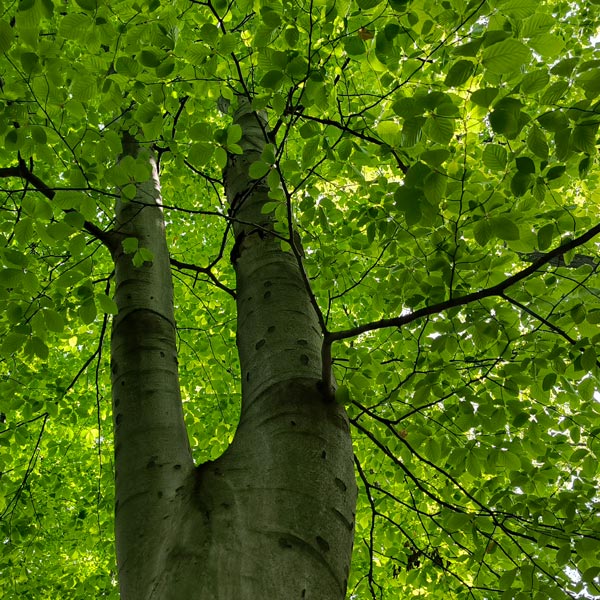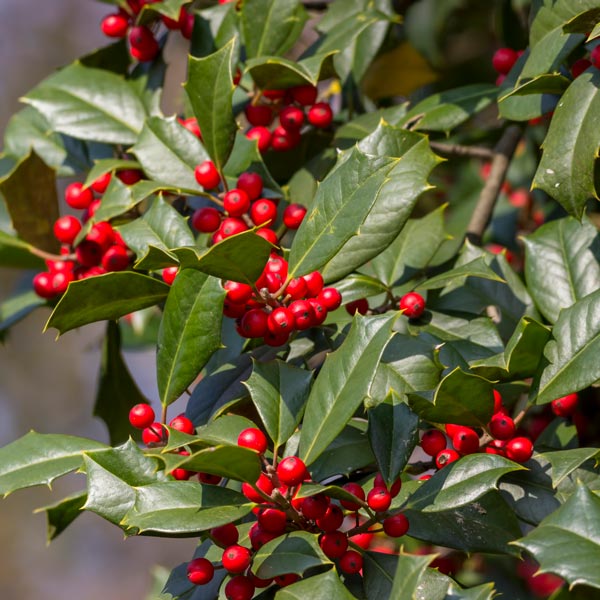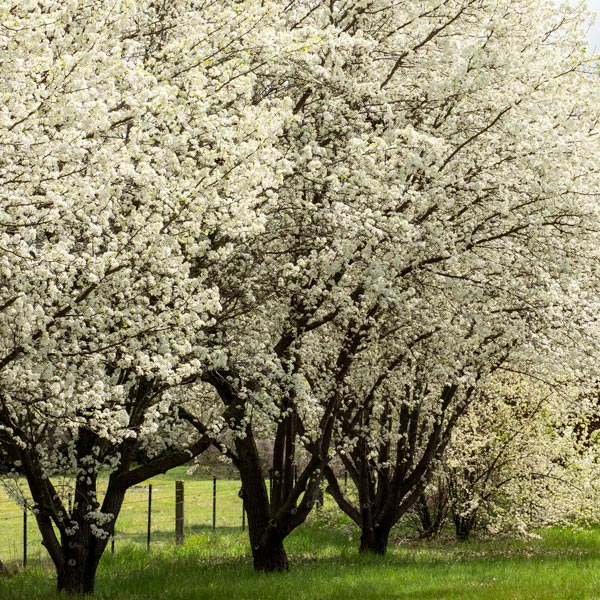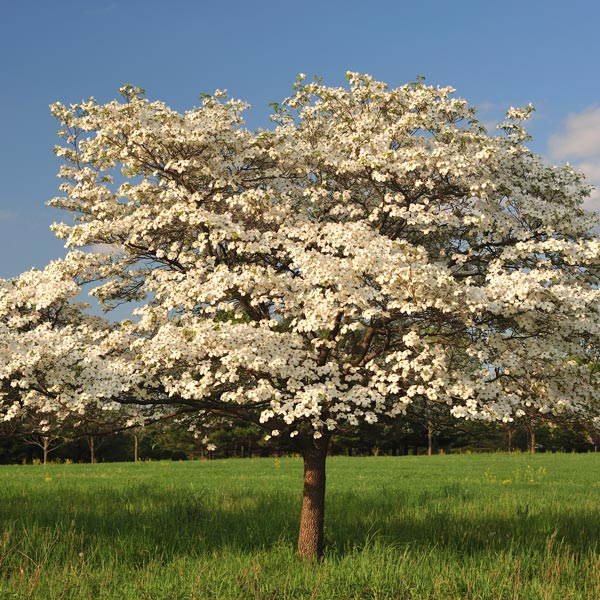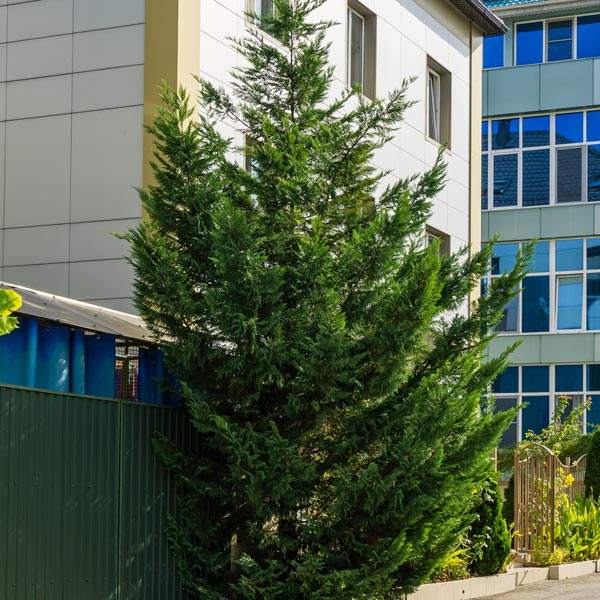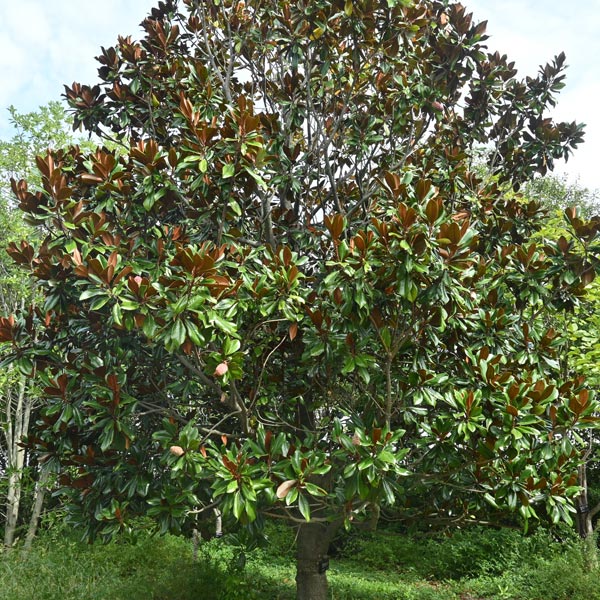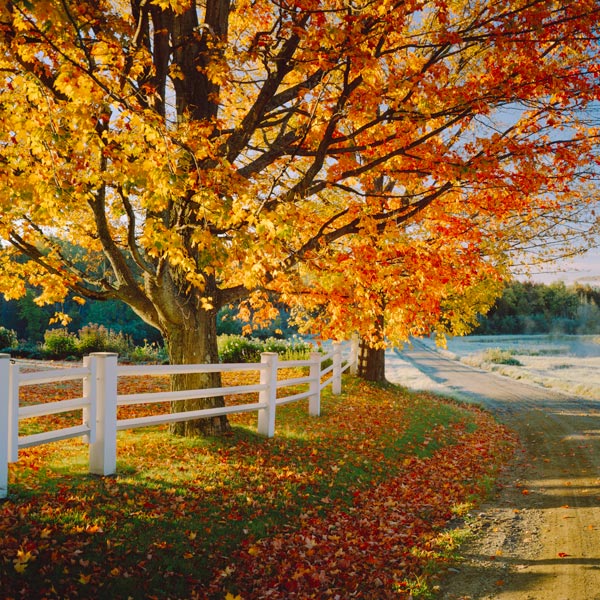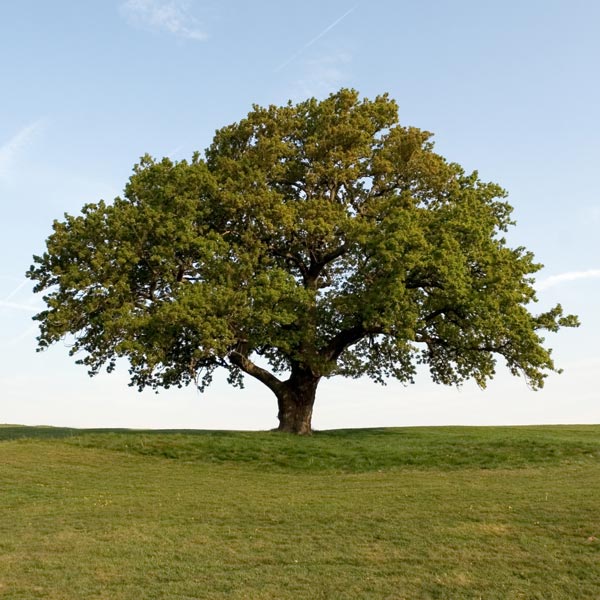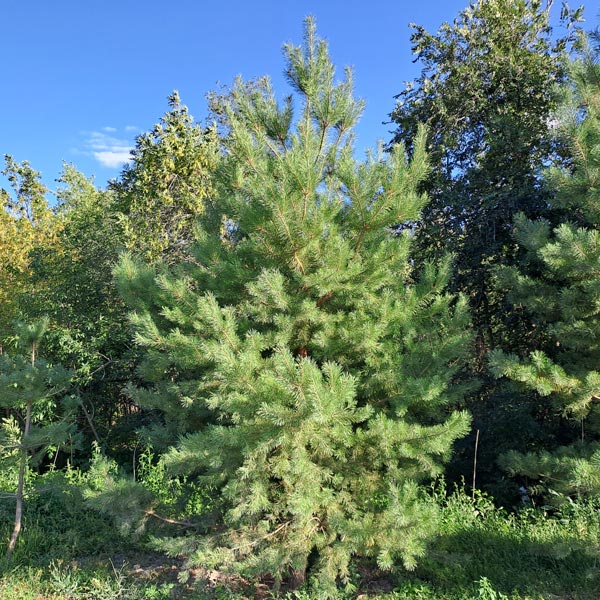Tree Stress Signs, Activity & Treatment in Flippen, GA; Early Leaf Drop, Damaged Branches & More
If your trees seem a bit off to you; perhaps not as green, a little bare, or even something that is just not right, your trees are likely stressed due some kind of injury, illness or infestation. If you know what you are looking for, you can catch the symptoms early enough to help your tree before the stress it is enduring impacts it permanently. Below, Milam’s Tree Service includes a helpful guide on how to spot stressed trees and the most optimal treatment.
Signs of Stress in Trees
Early leaf drop: Early leaf drop often occurs due to the heat, water, pests, or tree disease.
1. Heat. Some seasons trees can produce more leaves than others, resulting in a crowded canopy. The tree will often take advantage of the extra leaves and use them to conserve water during extreme warm and dry weather. As the tree uses its water supply, the leaves will drop. As long as the leaf loss isn’t severe all you need to do is increase to weekly watering.
2. Disease and pests. Noticing the yellowing of leaves that later wilts and falls off, is a tree likely infested with pests or disease. To get the right remedy, call on a professional.
3. Water. Too much or too little water will cause early leaf loss. If there is drought like conditions the tree will drop their leaves to deal with the stress, whereas overwatering will cause the leaves to turn yellow and fall. Too much water will suffocate the roots, leading to a stressed canopy.
Assess your water schedule and determine if you should cut back or increase the water dosage.
Leaves early color change: The tree is stressed if your tree has rainbow leaves, while other trees are green. This is because of a few reasons:
• Lack of nutrients – applications of mulch and fertilizer will help.
• Compacted soil – blend in organic matter and vertical mulch to rectify the problem.
• Pests – contact a professional to find treatment.
• Injuries – if wildlife is munching on your tree, wrap the trunk. To get the tree back to healthy implement fertilizer, mulch and organic matter.
• Limited root space – Improve soil health, feed and water your tree, have a professional assess the root system to find optimal solution.
Newly planted trees: Wilting and leaves are yellow and/or brown right after planting. Tree is in transplant shock. To revive it; avoid any pruning for a few years, apply 2”-4” layer of mulch around it, and ensure it is being watered at least once a week.
Sun-burnt or brown leaves in the summer: Leaf scorch is the likely reason. It could be one of 3 types of scorching; nutrient deficiency, bacterial disease, or environmental that is caused by the sun.
o Extra watering during heat spells.
o Mulch, to lock in soil.
o Test soil for micro-nutrients and add more fertilizer accordingly.
o Improve growing conditions for that species
Following a rainy season, leaves become spotted or brown: It is likely a fungus. Research which specific fungus is growing on your trees and perform the right remedies or invest in a professional arborist.
Following a drought, leaves turn brown or yellow: It can take as long as 3 years for a tree to show symptoms of drought. Trees require water to survive and during dry spells, the tree can suffer enough to shorten their lifespan. Ensure your tree has adequate water and proper nutrients.
Following severe storms there are damaged branches and limbs: Following extreme winds or lightening storms, trees might have been damaged. The best and only solution is complete prune off the damaged limbs or branches. Larger branches especially can be dangerous to prune on your own. Call Milam’s Tree Service for help.
Tree has splits or cracks: Minor fissures will generally heal on its own. Severe splits on the other hand require a professional for assessment and solutions.
Tree that is leaning: Generally not an issue a tree that gradually leans over time, if the tree leans following a storm however, the risk of it falling over is high and the professionals of Milam’s Tree Service should be called for removal before property damage or injury occurs.
Mushrooms or fungi growing at the base of a tree: Where there are some mushrooms that are actually beneficial some can be dangerous, call in a professional to evaluate the mushroom growth.
Trees with no leaves: One of the most common symptoms of a stressed tree is little to no leaves. The leaves could have fallen primarily on the top, on either side, or the tree has buds but no leaves. If the leaves are missing from one side it could be due to insufficient space, construction project in close proximity, or harsh weather conditions. Trees that is losing on top is often because of girdling root or verticillium wilt. Late bloomers that have buds but no leaves could be fighting a pest problem or disease. In any of these situations, contacting a professional is poptimal for proper treatment.
Tree Services in McDonough, Jackson, Jonesboro, Fayetteville & Hampton GA | Fayette, Clayton & Henry Counties in Central Georgia
When your trees are in need of removal, trimming or other tree services, call in the pros of Milam’s Tree Service and let our experts do the rest.

